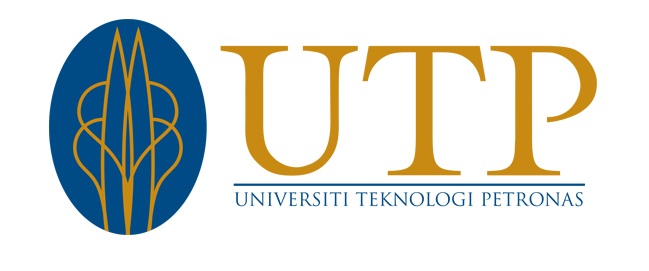GOPALAKRISHNAN, GOWRI (2011) MOTION ESTIMATION IN BRAIN TOPOGRAPHIC MAPS. [Final Year Project] (Unpublished)
2011 - Motion estimation in brain tooigrahic MAPS.pdf
Download (10MB)
Abstract
The objective of brain mapping is to advance knowledge in understanding the brain
functions with its respective structures. Current technologies and advances in brain imaging
technique using EEG (electroencephalogram) allows estimation of network connection which
represents activity that occur in different structures of human brain. As the EEG procedure is
>imple and harmless, it is widely used to study the brain behavior and cognitive processes such
iS memory, language, emotions, sensation and alertness. In past study, ten healthy subjects (five
female and five male) undergo an experiment consists of 200 trials. These trials include two
>timulus consist of X and 0 which appears randomly. Subjects required to respond to X and
ignore 0. Signals gained from these events evaluated as topographical properties of brain
aetwork. Note that, only segment of interest will be plotted on topographic maps. In present
research, these topographic maps will be used to study the behavior of the brain signals due to
presence of stimulus. Motion estimation is an interesting analysis of tracking movement of
signals around brain region. Currently, no proper motion estimation technology is available for
this purpose. Development of motion estimation system allows us to observe and study
movements of brain signals. In this project, I've applied Full Search Algorithm on brain
topographic. Movement of signals detected based on general matching criteria which will be
further discussed in the literature review.
| Item Type: | Final Year Project |
|---|---|
| Subjects: | T Technology > TK Electrical engineering. Electronics Nuclear engineering |
| Departments / MOR / COE: | Engineering > Electrical and Electronic |
| Depositing User: | Users 2053 not found. |
| Date Deposited: | 30 Sep 2013 16:54 |
| Last Modified: | 25 Jan 2017 09:41 |
| URI: | http://utpedia.utp.edu.my/id/eprint/7563 |
 UTPedia
UTPedia